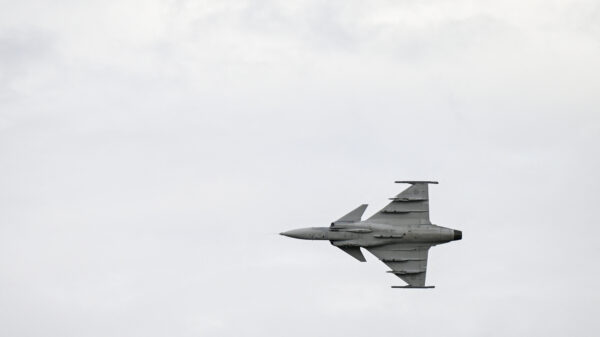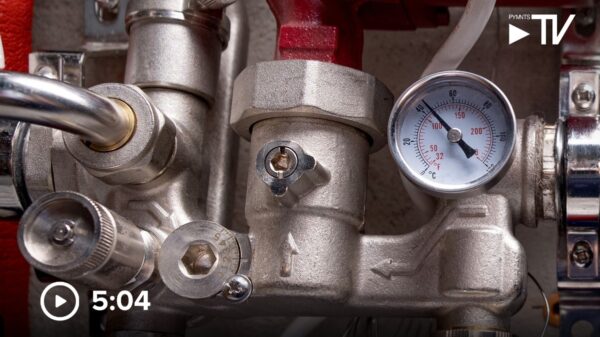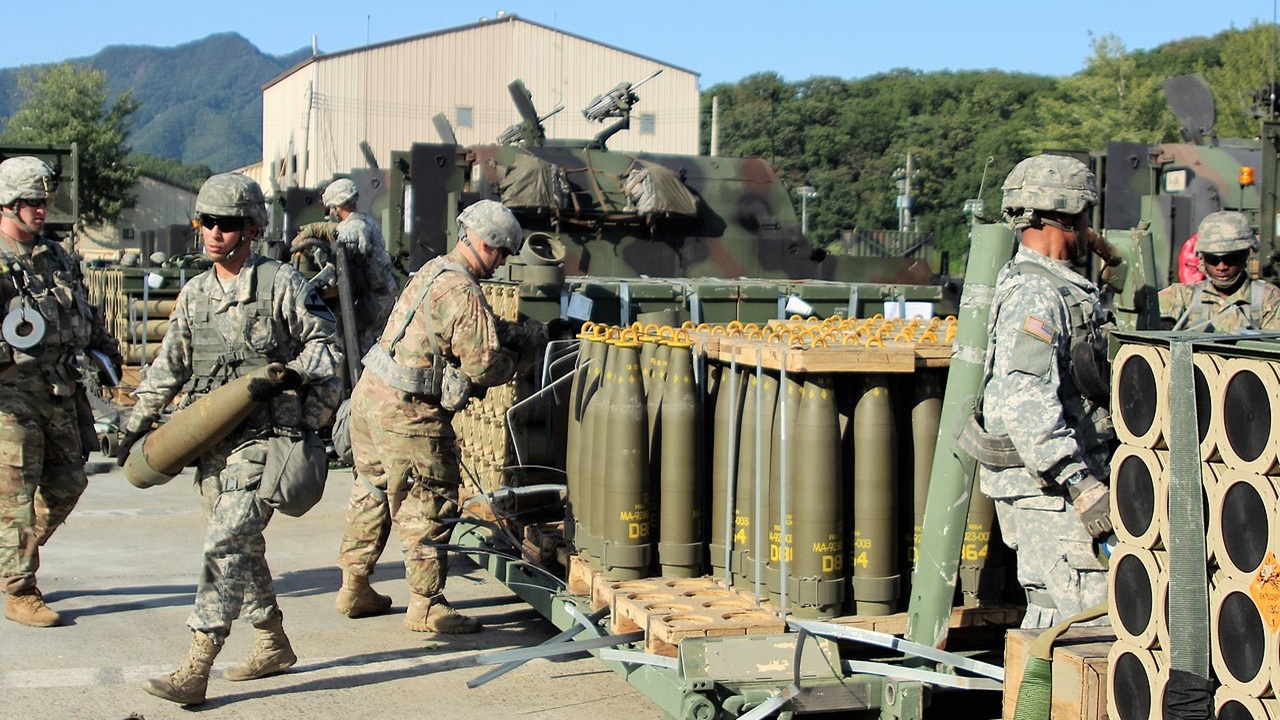The US military is significantly increasing its production of artillery shells, particularly the 155mm M795 projectile, due to heightened demands stemming from the ongoing conflict in Ukraine and other global military engagements. Since 2022, production rates have nearly quadrupled at the Rock Island Arsenal in Illinois, showcasing the military’s commitment to bolstering its artillery capabilities.
The war in Ukraine, recognized as one of the largest conflicts since the Cold War, has underscored the importance of artillery in modern warfare. Both Ukrainian and Russian forces have engaged in intense artillery exchanges, consuming ammunition at a rate that far exceeds current production capacities. To address this, the US has ramped up efforts to maintain a steady supply of artillery shells to Ukraine, while Russian forces have sought assistance from North Korea for additional ordnance.
As a result of these ongoing military operations, US stockpiles of artillery shells have dwindled, prompting the US Army to enhance production. The Iowa Army Ammunition Plant in Des Moines County, Iowa, has been a key facility in this effort, producing essential components for the M777 howitzer. Additionally, production facilities operated by General Dynamics in Mesquite, Texas, and the Scranton Army Ammunition Plant in Pennsylvania further contribute to the manufacturing of 155mm shells.
New Facilities and Production Goals
In a proactive move to increase output, the US Army’s Munitions Readiness Directorate awarded a $44.9 million contract to General Dynamics Ordnance and Tactical Systems in April 2023. This contract encompasses the construction of a new load, assemble, and pack facility in Camden, Arkansas. The new plant, which began construction activities in spring 2023, is designed to enhance the final stages of shell production, facilitating the efficient assembly and packing of shells for distribution.
Corey Schaefer, a contract specialist at the Munitions Readiness Directorate, emphasized the importance of detailed scheduling for the new facility. “The integrated master schedule shows all the main critical paths and how it all works,” Schaefer stated. This careful planning is crucial to meet contractual deadlines and adapt to any changes in production requirements.
The new Arkansas facility aims to produce upwards of 50,000 completed projectiles per month, assisting the US Army in achieving its ambitious target of 100,000 shells monthly. This expansion will leverage advanced automation, digital quality tracking systems, and environmentally sustainable processes to ensure efficient production.
Impact on Military Readiness
The move to enhance artillery shell production reflects a broader strategy to replenish US military stockpiles and improve overall readiness in response to global military demands. The 155mm artillery shells are versatile and can be configured for various applications, including high-explosive and armor-piercing rounds.
Each 155mm round consists of four main components: the detonating fuse, projectile, propellant, and primer. Weighing approximately 100 pounds (45 kg) and measuring about two feet (60 cm) in length, these shells play a critical role in modern combat scenarios. The US Army’s innovative production strategies, including the integration of automation, aim to create a more efficient manufacturing process that can adapt to rapid changes in military needs.
As the situation in Ukraine continues to evolve, the increased production of artillery shells will likely play a vital role in supporting both American military objectives and international allies. The US military’s focus on enhancing its artillery capabilities is a clear indication of its commitment to maintaining operational readiness in an increasingly complex global security environment.







































































